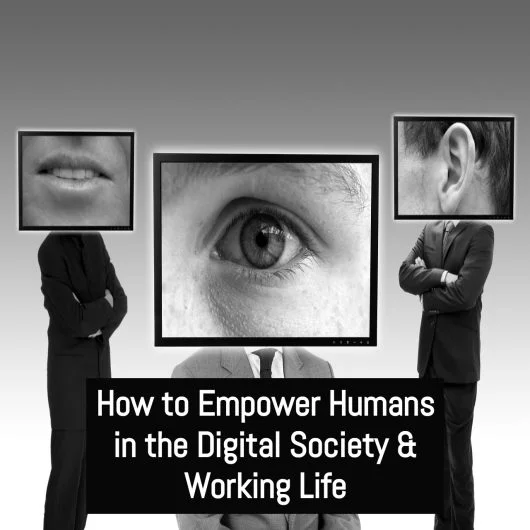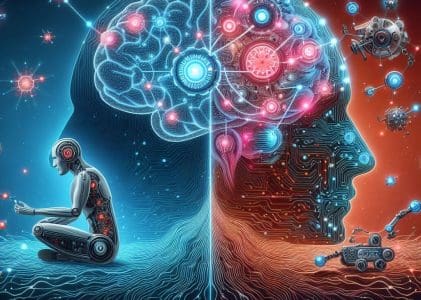
Listen to the story
The study, published in Nature Neuroscience, focused on how the brain adjusts connections between neurons during learning. Unlike AI, which relies on trial-and-error adjustments, the brain seems to take a more strategic approach. Instead of directly modifying connections based on errors, the brain first establishes a balanced activity pattern among neurons. This “prospective configuration” acts as a foundation for learning, preventing interference between existing knowledge and new information. Benefits of the Brain’s Approach: Implications for AI and Brain Research: Challenges Ahead: This research marks a significant step forward in understanding how the brain learns and has the potential to revolutionise both artificial intelligence and neuroscience. Written byThe Key Difference between how AI and human brains learn: Prospective Configuration
LarsGoran Bostrom©
Learn more about interactive books from SOE PublishingLab Makerspace – four video presentations – click below
Information from B-InteraQtive Publishing

We offer a wide range of services, including:
- Counselling: We can help you assess your needs and develop a plan for your digital learning project.
- Development: We can create custom digital learning experiences that meet your specific goals.
- Knowledge management: We can help you improve your organisation’s knowledge management practices.
- Interactive books: We can create interactive books that engage and motivate learners.
Click here for more information
Opens in a new tab




